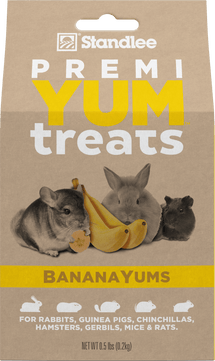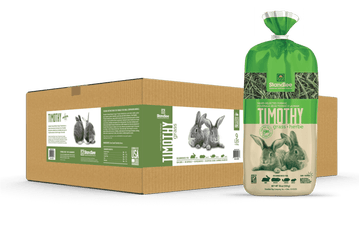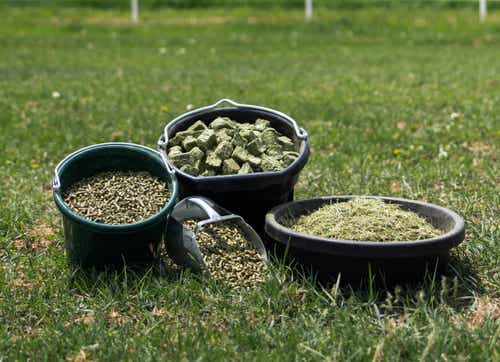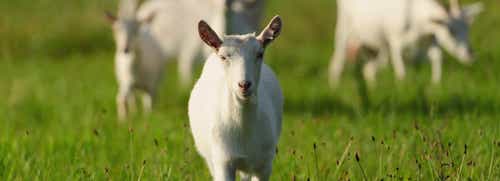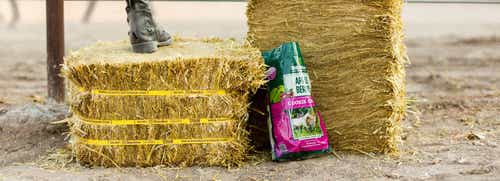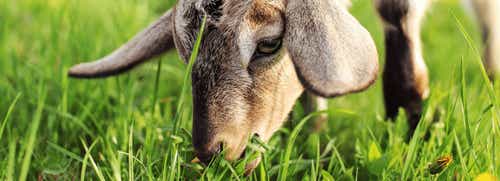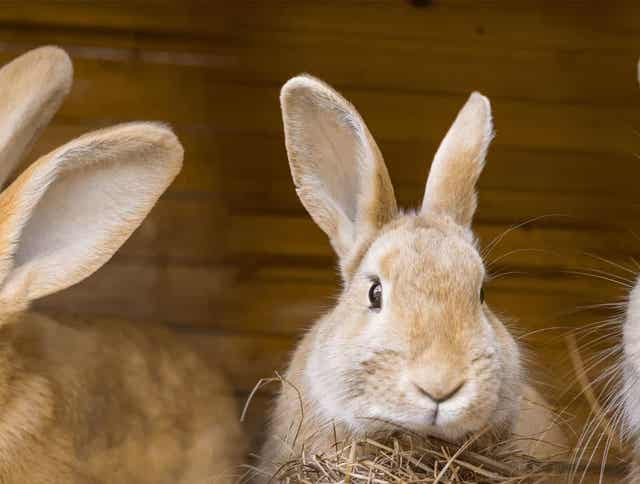
Grocery Shopping for Thumper
Can I feed my rabbit fresh vegetables and fruits from the grocery store? The answer is a qualified YES.
Kudos to you for looking into feeding fresh for your small companion animal. Feeding fresh can deliver some of the essential nutrients but also provides a necessary life enrichment activity for the animal.
So… what does a qualified YES mean? Well, there is a number of vegetables and fruits you can feed but moderation is necessary. We will get into the moderation explanation shortly and provide a reference guide for your next visit to the local grocery store.
First, let’s set-up your rabbit for a healthy digestive system by recommending the optimal diet base. According to the House Rabbit Society, the majority of an adult house rabbit’s diet should consist of high-quality grass hay or forage like Timothy or Orchard Grass. Grasses are rich in vitamin A & D, calcium, protein and other nutrients that bunnies need. Young rabbits (12 weeks or younger) or gestating/lactating does need more calories and protein, so alfalfa is recommended.
If your adult rabbit is lacking key nutrients due to their nutritional needs and/or feeding habits, we encourage you to consider augmenting their diet with an adult rabbit specific fortified food to assure your animal gets all the necessary nutrients. Also, you should keep your rabbit on forage for at least 2 weeks before introducing any new foods, including fresh vegetable and fruit options.
Now onto the ‘fresh’ question at hand…
Fresh Food Rules of Thumb…
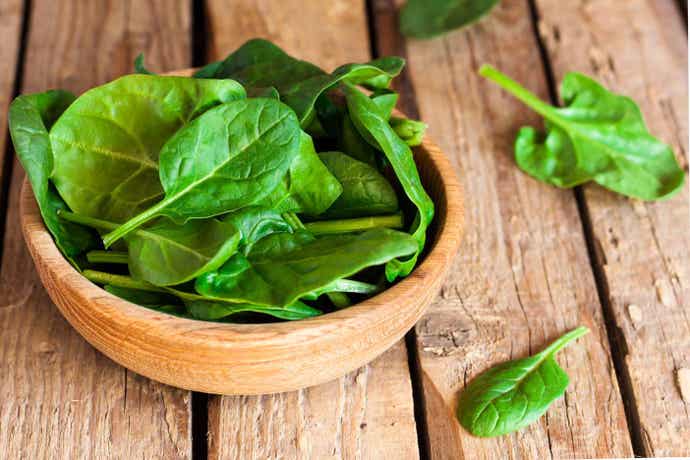
Leafy greens can occupy up to 75% of your rabbit’s allotment of fresh vegetables and fruits. This equates to 1 cup for every 2 lbs. of your rabbit’s weight per day. The only caveat is to mix-up your leafy greens of choice per day to avoid a potentially harmful oxalic acid build-up, which can cause digestive upset.
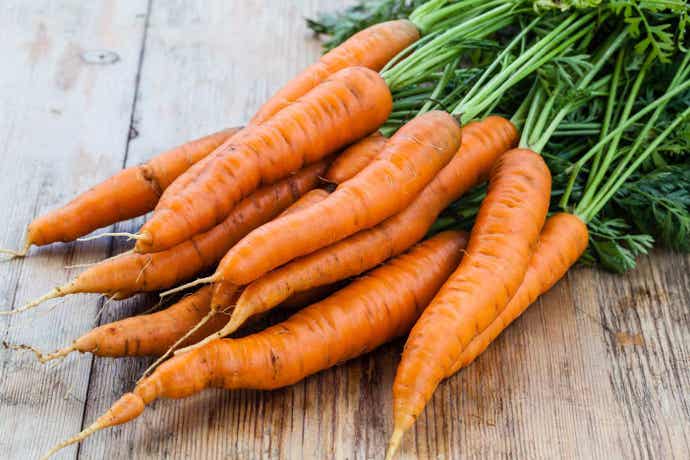
Root vegetables and flowers can also be fed but at a much lower amount. e.g., 1 tbsp per 2 lbs. of body weight per day.
Fruits are high in sugar/starch and can be fed at 1 tsp per 2 lbs. of body weight per day. Fresh is recommended over dried fruits, as dried fruit can have three times the concentration of starches. Fruits can also be used for training and bonding with your rabbit.
Fresh Vegetables and Fruits Reference Sheet for Rabbits
Download our Fresh Vegetables and Fruits Reference Sheet
Leafy Greens I
(1 cup per 2 lbs. of body weight per day; Rotate due to oxalic acid content and only 1 leafy greens/day from this list):
- Parsley
- Spinach
- Mustard greens
- Beet greens
- Swiss chard
- Radish tops
- Sprouts (1-6 days after sprouting)
Leafy Greens II
(Low in oxalic acid):
- Arugula
- Carrot tops
- Cucumber leaves
- Endive
- Ecarole
- Frisee lettuce
- Kale (all types)
- Mache greens
- Red or green lettuce
- Romaine lettuce
- Spring greens
- Turnip greens
- Dandelion greens
- Mint (any variety)
- Basil (any variety)
- Watercress
- Wheatgrass
- Chicory
- Raspberry leaves
- Cilantro
- Radicchio
- Bok choy
- Fennel (the leafy tops and base)
- Borage leaves
- Dill leaves
- Yu choy
Root Vegetables and Flowers
(No more than about 15% of the diet; 1 tbsp per 2 lbs. of body weight per day):
- Carrots
- Broccoli (leaves and stems)
- Edible flowers (roses, nasturtiums, pansies, hibiscus)
- Celery
- Bell peppers (any color)
- Chinese pea pods (the flat kind without large peas)
- Brussel sprouts
- Cabbage (any type)
- Broccolini
- Summer squash
- Zucchini squash
Fruits
(No more than 10% of the diet; 1 tsp per 2 lbs. of body weight per day):
NOTE: Unless otherwise stated, it is more nutritious to leave the skin on the fruit, just wash thoroughly. If you are in doubt about the source of the fruit and you are concerned about chemicals in the skin, then remove it.
- Apple (any variety, without stem and seeds)
- Cherries (any variety, without the pits)
- Pear
- Peach
- Plum (without the pits)
- Kiwi
- Papaya
- Mango
- Berries (any type; uncooked)
- Pineapple (remove skin)
- Banana (remove peel; no more than about 2 1/8 in. slices a day for a 5 lb. rabbit)
- Melons (any; can include peel and seeds)
- Star fruit
- Apricot
- Currants
- Nectarine
Best wishes on your life-enriching feeding adventure with your bunny companion! Bounce back with comments on your experience. We are all ears!
Source
House Rabbit Society, Suggested Vegetable and Fruits for a Rabbit Diet by Susan A. Brown, DVM

